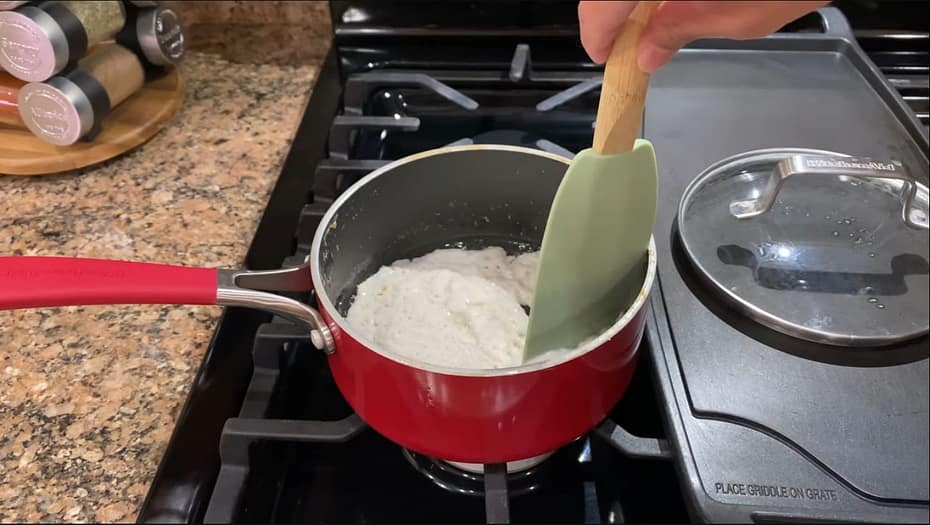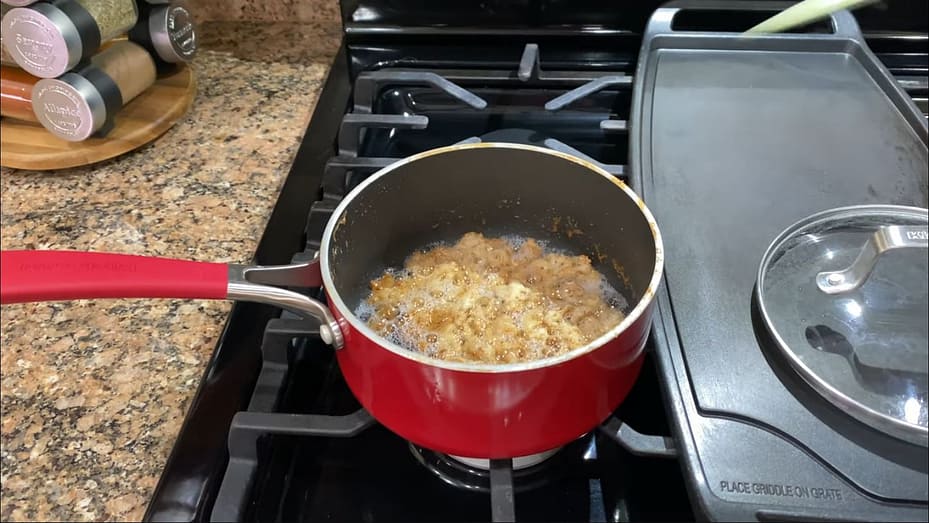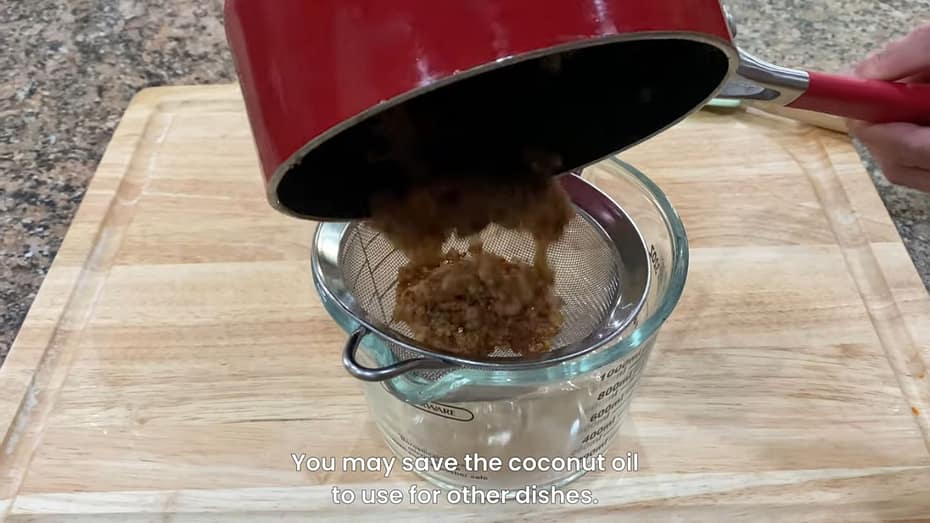Delightful Coconut Toppings
Filipino cuisine is rich in flavors and textures, especially when it comes to our beloved desserts or kakanin. A key ingredient that adds a unique taste and texture to these treats is coconut. In this guide, I’ll walk you through two popular coconut-based toppings that are essential in garnishing various Filipino delicacies. Whether you’re a seasoned cook or new to Filipino cuisine, these recipes will bring a touch of authenticity to your dishes.
Coconut Milk Curds
Coconut plays a pivotal role in our recipes, not just as a main ingredient but also as a versatile byproduct that can be transformed into exquisite toppings. Let’s dive into the two types we adore: Coconut Caramel and Coconut Milk Curds.
Coconut Milk Curds (Latik in Tagalog, Lunok in Cebuano)
Coconut Milk Curds, or Latik as we call it in Tagalog, is a cherished topping made from the solids of coconut milk. The process involves simmering coconut milk until it reduces to oil, leaving behind the solid curds. These curds are then continuously fried until they achieve a golden brown hue. The resulting curds can be drained to separate the oil, leaving you with the delightful crunch of Coconut Milk Curds.
Using Coconut Milk Curds in Filipino Desserts
Latik isn’t just a topping; it’s a celebration of our culinary heritage, adding a crunchy texture and rich flavor to various Filipino desserts. From the sticky sweetness of rice cake (biko) to the creamy delight of coconut pudding (maja blanca) and the chewy goodness of kalamay, Latik elevates these dishes to new heights. It’s a testament to the versatility and richness of coconut in our cuisine.
Join Me in Making Latik
Now that you’ve learned about the magic of Coconut Milk Curds, why not try making them yourself? It’s a simple process that brings a piece of Filipino culinary tradition into your kitchen. Whether you’re garnishing a dessert for a special occasion or just looking to add a touch of Filipino flavor to your meals, Latik is a topping that truly transforms a dish.
Ingredients
• 1-2 can(s) (14 oz) Coconut milk (Chaokoh brand)
NOTE: You may also use 1-2 mature coconuts, grated. Mix the first extraction with ½ cup of hot water to extract the coconut milk. On the second extraction mix it with 1 cup of hot water to extract the coconut milk. The first extraction is pure coconut milk or kakang-gata.
Items You’ll Need
- Medium-sized saucepan
- Silicone spatula
- Serving Bowl
- Spoons
Instructions
Shake the can

Start by shaking the cans of coconut milk well to ensure the contents are thoroughly mixed. This step is crucial for achieving a consistent texture in your curds.
Simmer the Coconut Milk

Pour the coconut milk into a medium-sized saucepan and place it over medium-low heat. Consider leaving the saucepan slightly ajar to prevent the mixture from overflowing as it simmers.
Every 8-10 minutes, check on the coconut milk and give it a stir. This prevents the milk from burning and sticking to the bottom of the saucepan.
Keep the coconut milk simmering for about 45 minutes or until you notice that the liquid has evaporated and milk curds start forming. Patience is key here as the curds begin to take shape.
Golden Brown Curds

Once the curds have formed and turned golden brown, stir them again to ensure they don’t stick to the pan. This step is crucial for getting that perfect golden color and texture.
Drain the Curds

Transfer the coconut milk curds into a strainer to remove the excess oil. Let them sit for 15-20 minutes, allowing the oil to drip off completely. This ensures your curds are not too oily.
Finally, transfer the coconut milk curds into a serving bowl. If necessary, use a spoon to gently separate the curds. Your homemade coconut milk curds are now ready to be enjoyed as a delicious topping.
